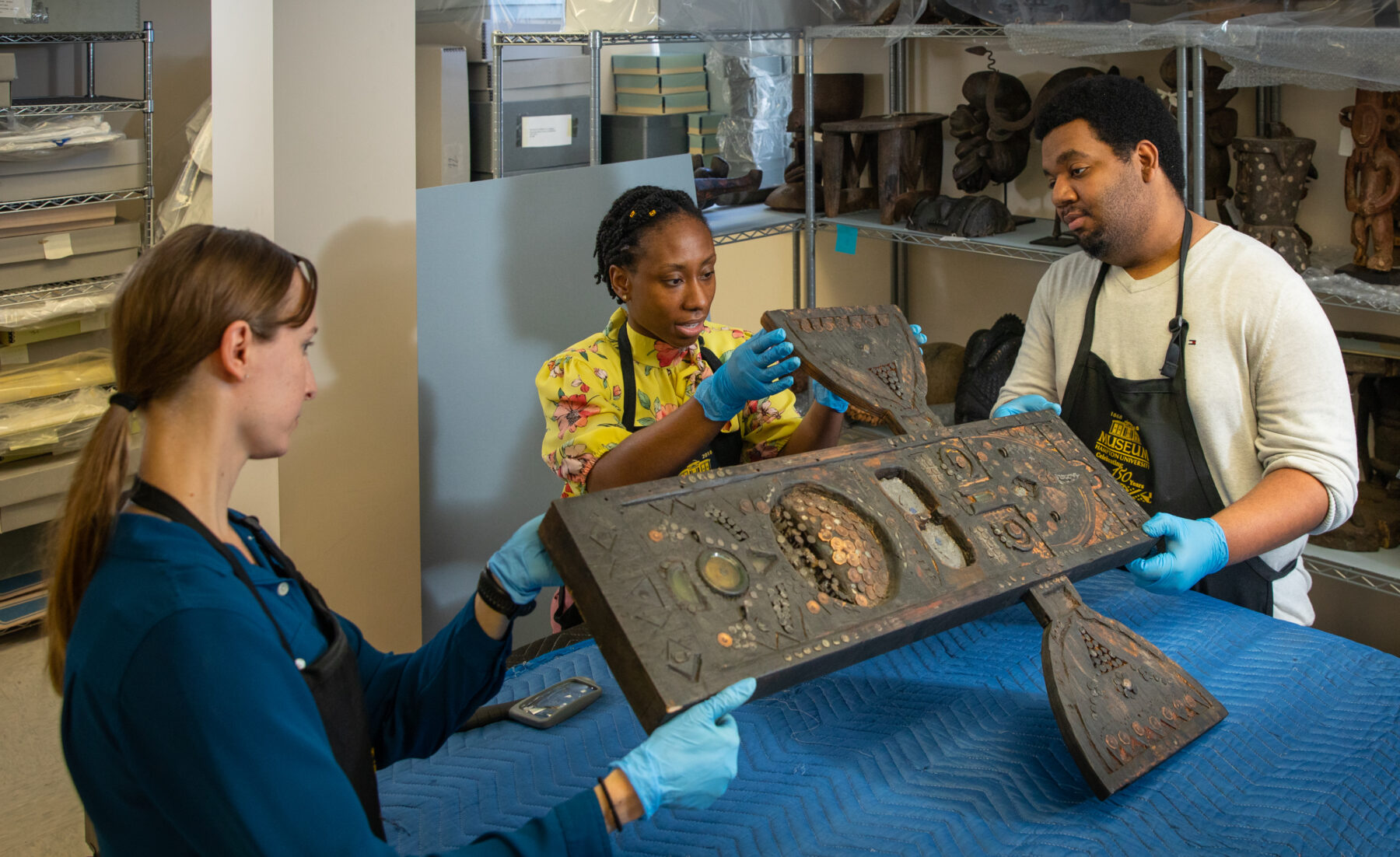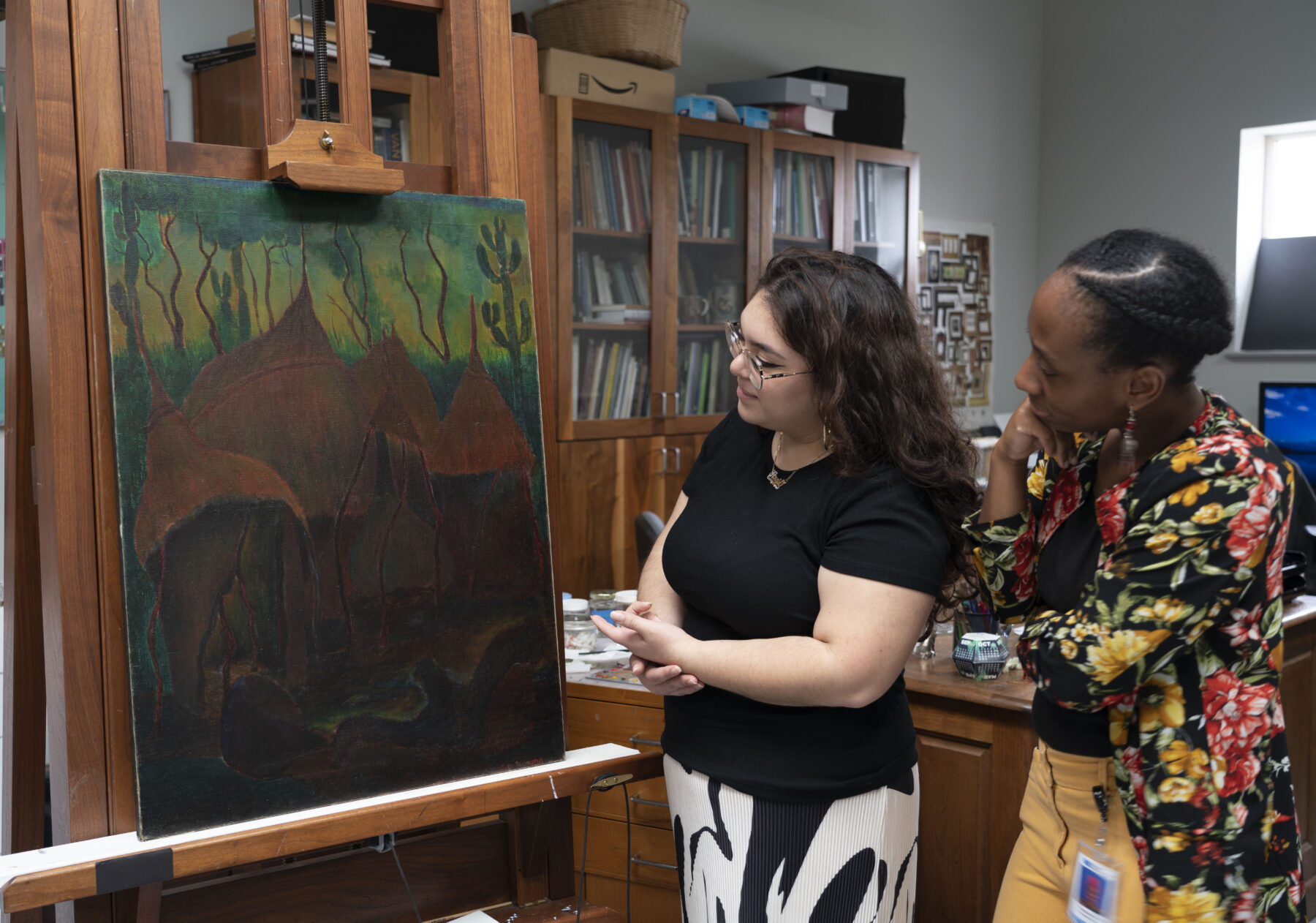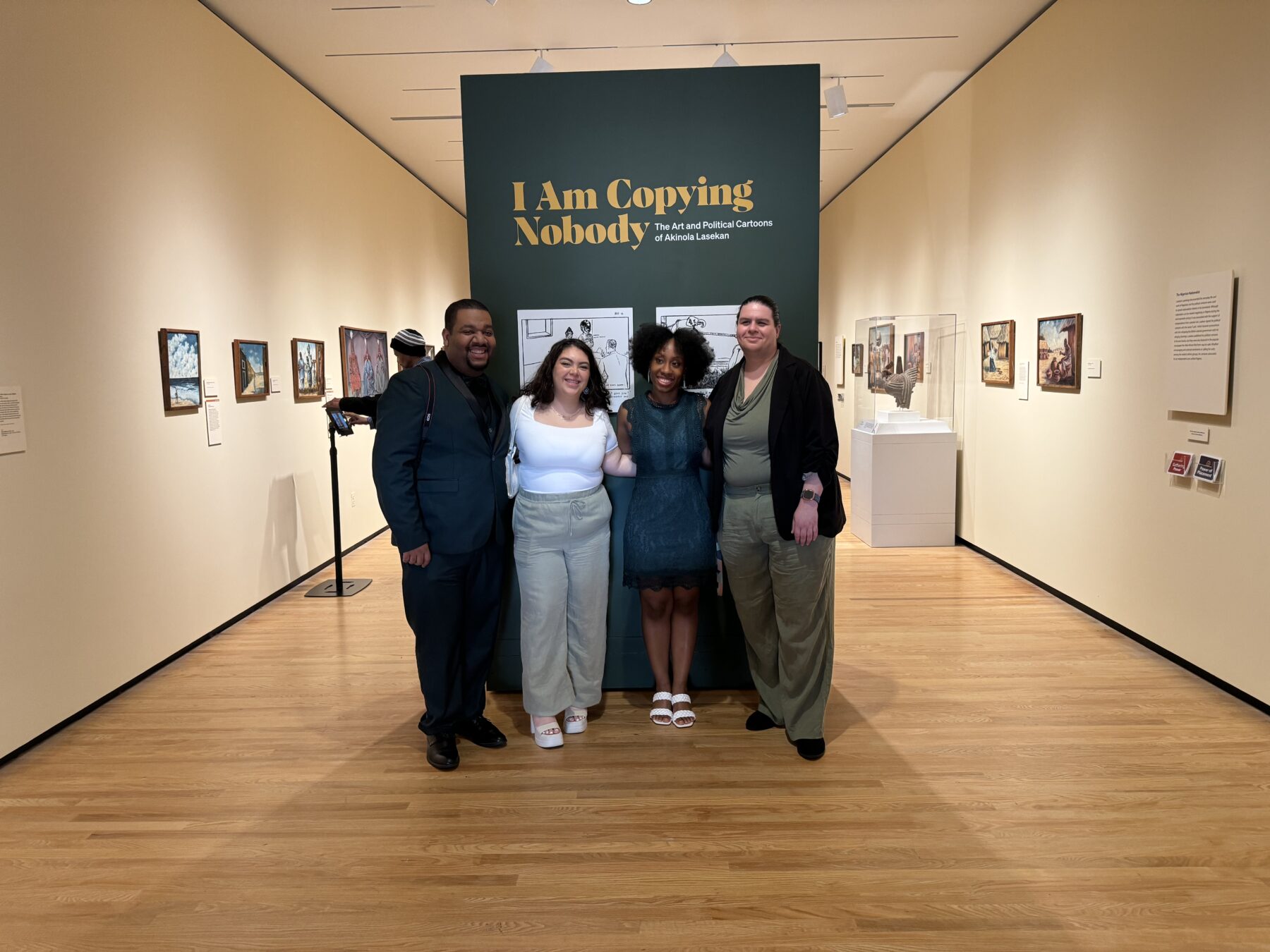Adventures in Washington D.C.

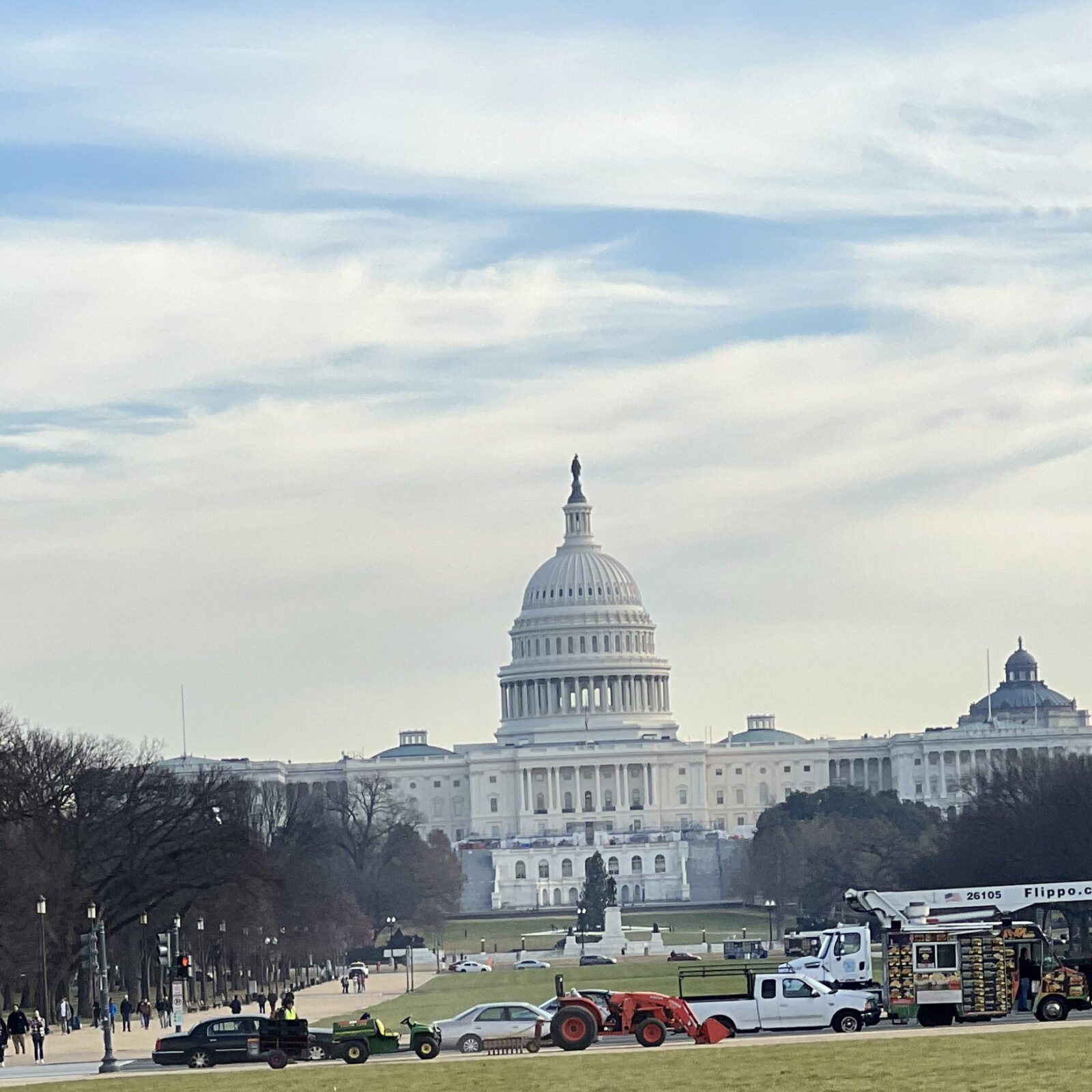
Tashae and I recently visited the African Modernism in America exhibition at the Phillips Collection and connected with colleagues at two conservation labs, thanks to funds provided by the Mellon Grant for professional development and research. As a newer addition to the team, this allowed me to familiarize myself with other works purchased by the Harmon Foundation. The goal was to better understand the Hampton University Museum’s collection by seeing other examples of work by the same artists.
On December 7th, we woke up bright and early, catching a 6 am train to Washington D.C. After an almost 5-hour train ride, we arrived! Our first stop was to the National Gallery of Art where we met with Sue Ann Chui, a paintings conservator. The National Gallery of Art has a robust conservation department with specialties such as paintings, textiles, photographs, paper, objects, frames, preventative care, and analytical work. During our visit, Sue Ann gave us a tour of the paintings lab, introducing us to multiple other paintings conservators and their projects and allowing us to ask questions. In the paintings lab, we learned about cradled panels and how specific techniques used in other conservation specialties are modified and used when treating contemporary paintings. After spending some time in the paintings lab, we headed to the objects lab, where we were introduced to multiple objects conservators. Here, we learned about ongoing treatments, some of which have continued over several years. It was interesting to see how much the objects varied in medium, size, and condition issues. In the lab, we learned about the ongoing treatment of wax sculptures, a stained glass window, a marble figure, and a large medieval alabaster sculpture. Tashae and I were both very impressed with the patience these conservators possessed.


After this visit, we made our way to the Phillips Collection to see the African Modernism in America exhibition curated by Perrin Lathrop, Assistant Curator of African Art at the Princeton University Art Museum; Nikoo Paydar, former Associate Curator at the Fisk University Galleries; and Jamaal Sheats, Director and Curator at the Fisk University Galleries. When the Harmon Foundation closed in 1967, most of its collection went to the Hampton University Museum and Fisk University Galleries.

It was great to see paintings by Mordecai Buluma, an artist whose painting I am currently treating, and see many examples of his painting techniques. When looking at the paintings, it was clear that Buluma favored painting thinly and layering washes of colors to create his desired effect. It was also great to see the interactive components of this exhibition, such as the use of a tablet that allowed visitors to examine documents closely and access more resources about this project.
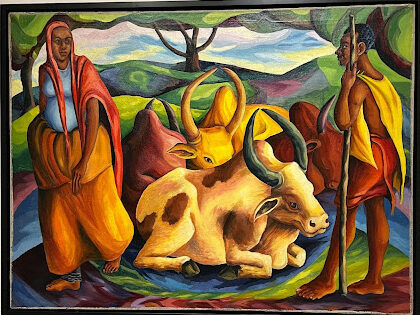
Tashae and Elizabeth Robson, the former Mellon Conservation Fellow, had noted in their initial survey of Hampton’s collection in 2022 that many paintings had degraded black cloth tape, possibly duct or electrical tape, around the tacking margins. At what point in the collection’s history had this tape been applied? Before our trip, I connected with Fisk University Galleries and discussed this mystery with their registrar, Christine Gostowski. Christine graciously allowed me to look at some of their condition reports, noting that a few of their paintings had tacking margins wrapped with tape. I kept this in mind during our visit to the exhibition, looking at the tacking margins whenever possible. I spotted what seemed to be an adhesive residue similar to adhesive residue on our paintings and what appeared to be a similar tape around the tacking margins of a few paintings. However, this is hard to determine without seeing the artwork outside the frame.

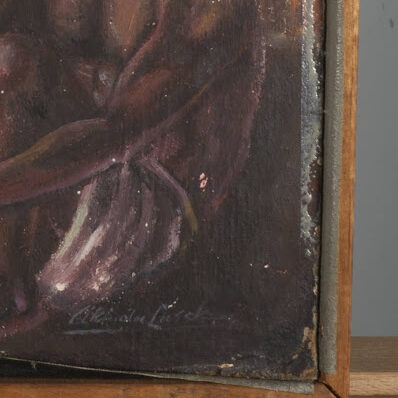
On the second day of our trip, we made our first stop at the National Museum of African Art. Tashae and I were impressed by their exhibition, “From the Deep: in the Wake of Drexciya with Ayana V. Jackson,” curated by senior curator Karen E. Milbourne. The exhibition included immersive video, installation, sound, scent, and animation, truly enveloping visitors. We were particularly impressed with the attention to detail.
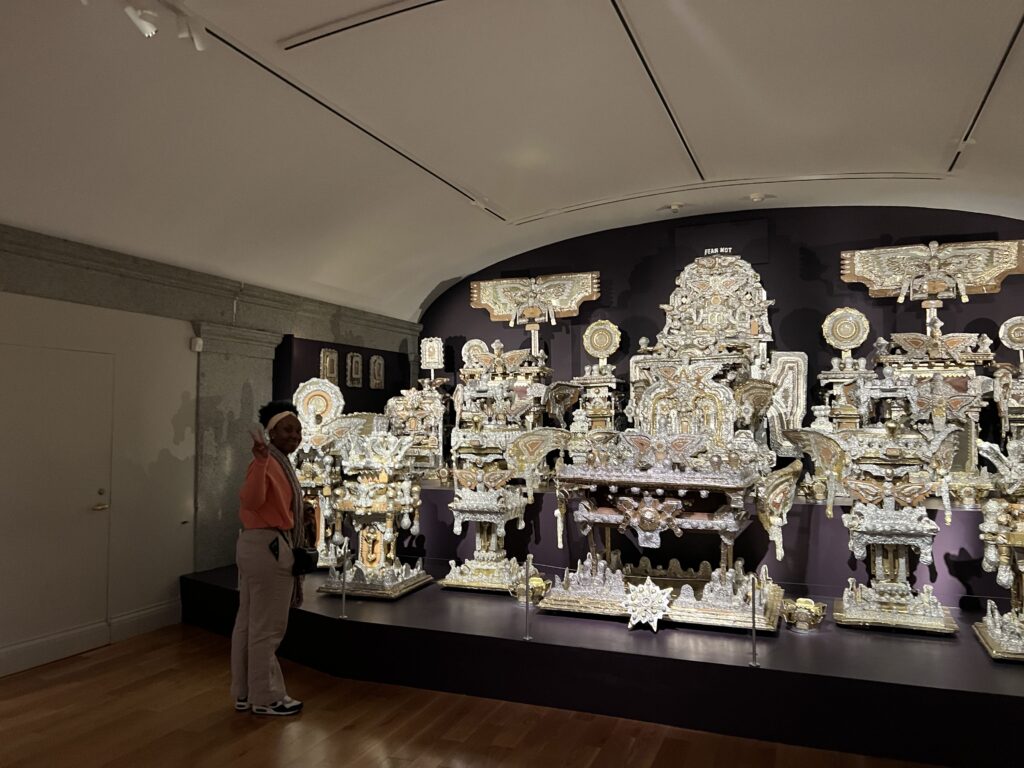
After this quick stop, we made our way to the Smithsonian American Art Museum (SAAM), where we met Katya Zinsli, an objects conservation intern who showed us around the Lunder Conservation Center, a visible lab that the SAAM and the National Portrait Gallery share. The Lunder Conservation Center is located next to the Luce Center on the third floor of the SAAM and is a fully visible lab that allows visitors to watch conservators at work. The lab opened in 2006 and was one of the first visible conservation centers in the United States. We entered the objects lab, stopped by the paintings lab, and learned about time-based media conservation. Katya also discussed her current work on James Hampton’s The Throne of the Third Heaven of the Nations Millennium General Assembly, which she and a registrar are working on conserving and documenting the scope of the work of art and accessioning all the pieces. While at the SAAM, we stopped by a new exhibition titled Many Wests: Artists Shape an American Idea, which features art from 48 modern and contemporary artists who provide multiple perspectives of the American West, departing from the stereotypical, white-washed notion that had been popularized. As our final stop, we visited the National Museum of Women in the Arts, which had recently reopened after a two-year-long renovation. I was delighted to see works by two of my favorite artists: Frida Kahlo and Ana Mendieta.
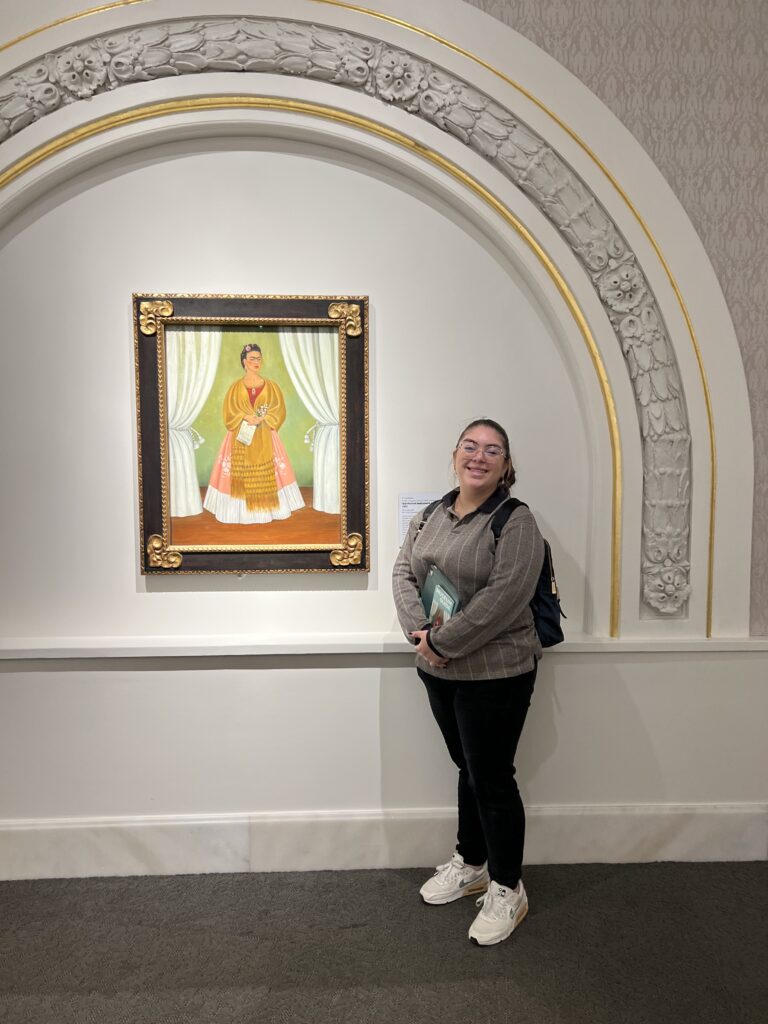
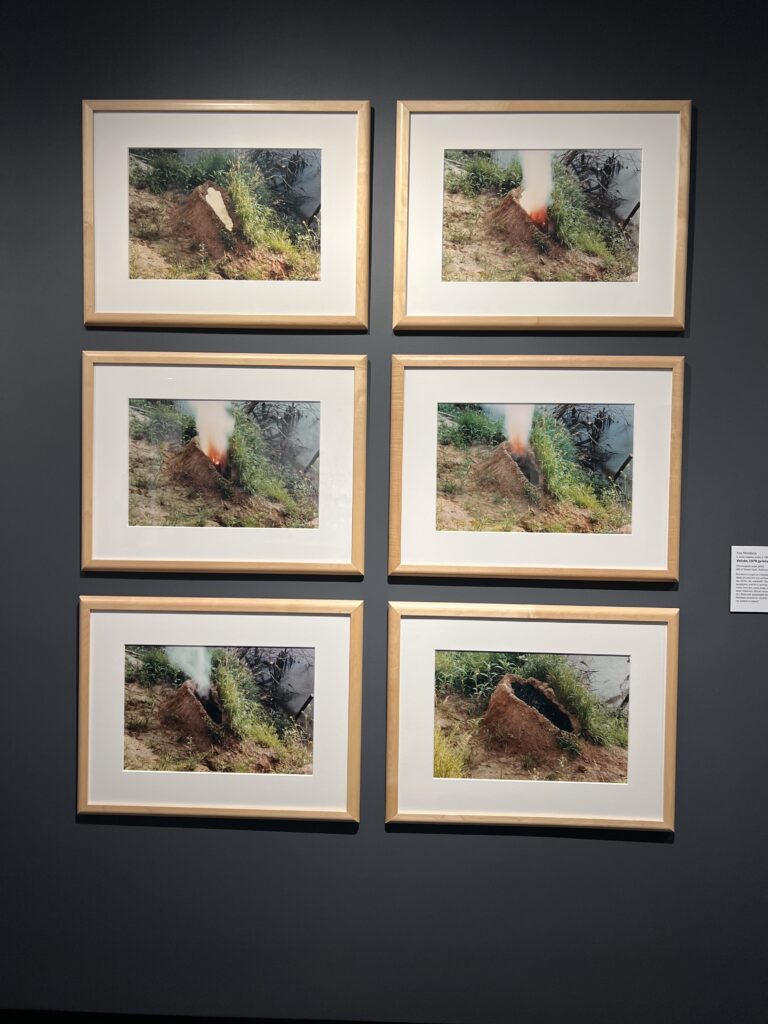
Overall, Tashae and I had a wonderful and informative trip to D.C. I am very thankful to have had the opportunity to visit so many beautiful exhibitions and connect with excellent conservators. Thank you to the Mellon Foundation for funding this trip and the conservation departments at the National Gallery of Art and the Lunder Conservation Center for the great tours of their labs!
References
National Museum of Women in the Arts | Home, https://nmwa.org/. Accessed 18 December 2023.
“African Modernism in America, 1947-67.” The Phillips Collection, 7 October 2023, https://www.phillipscollection.org/event/2023-10-07-african-modernism-america-1947-67. Accessed 18 December 2023.
“Conservation.” National Gallery of Art, https://www.nga.gov/conservation.html/. Accessed 18 December 2023.
“From the Deep: In the Wake of Drexciya with Ayana V. Jackson.” Smithsonian Institution, 29 April 2023, https://www.si.edu/exhibitions/deep-wake-drexciya-ayana-v-jackson%3Aevent-exhib-6673. Accessed 18 December 2023.
“Lunder Conservation Center | Smithsonian American Art Museum.” Smithsonian American Art Museum, https://americanart.si.edu/art/conservation. Accessed 18 December 2023.
“Many Wests: Artists Shape an American Idea | Smithsonian American Art Museum.” Smithsonian American Art Museum, https://americanart.si.edu/exhibitions/many-wests. Accessed 18 December 2023.
Sloss, Lauren. “Where to Go to Watch the Paint Dry.” The New York Times, 21 January 2020, https://www.nytimes.com/2020/01/21/travel/Open-conservation-art-preservation.html?login=email&auth=login-email. Accessed 18 December 2023.
Explore other articles like this
The Andrew W. Mellon Fellowship: Now and Beyond
In this post, I will highlight some of the accomplishments of this project and address two main takeaways that can help those looking to reproduce a similar fellowship program.
Art Spotlight: The Abandoned Hut by Mordecai Buluma
In this blog post Angie and Tashae discuss the symbolism behind The Abandoned Hut by Mordecai Buluma as well as the conservation treatment used to prepare it for exhibition.
Opening of I am Copying Nobody the Art and Political Cartoons of Akinola Lasekan
On April 13, 2024, I Am Copying Nobody: The Art and Political Cartoons of Akinola Lasekan opened at the Chrysler Museum of Art. Here are some highlights from the exhibition.
